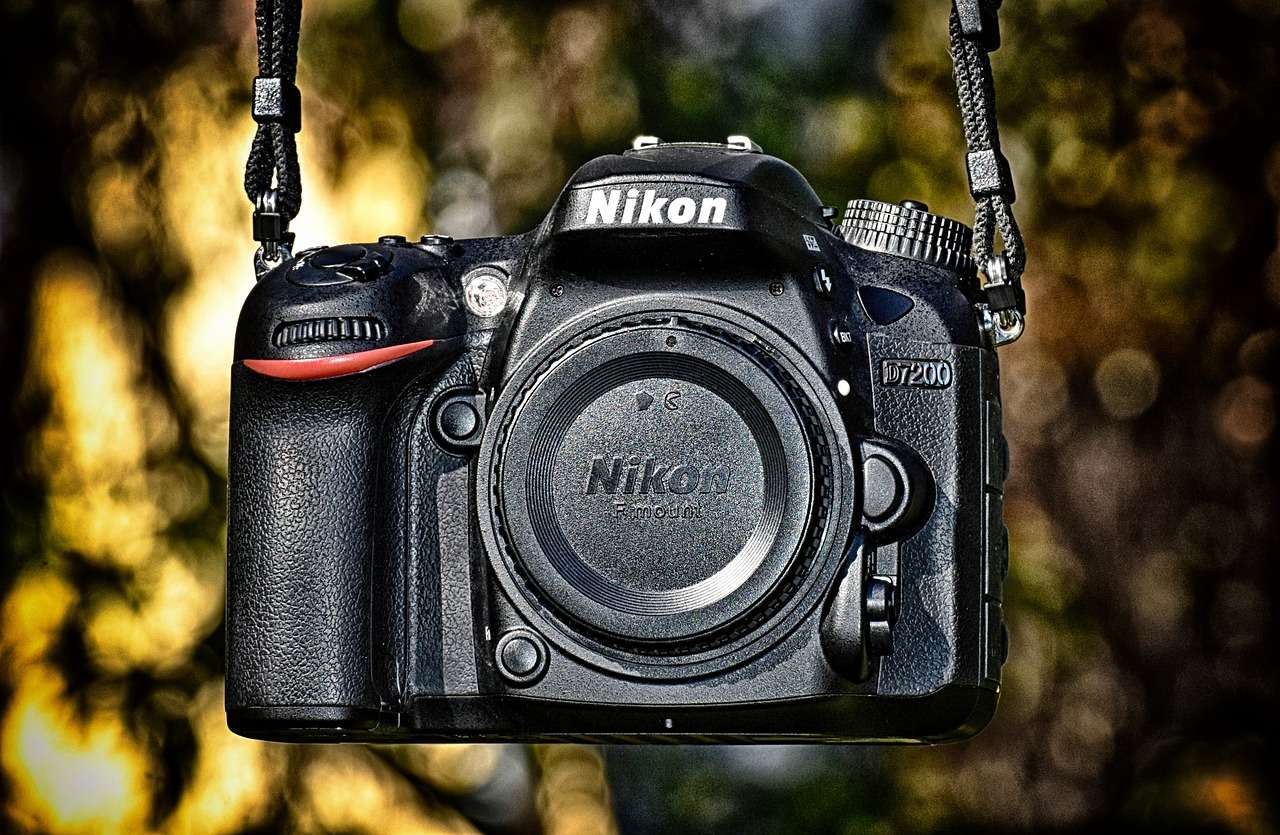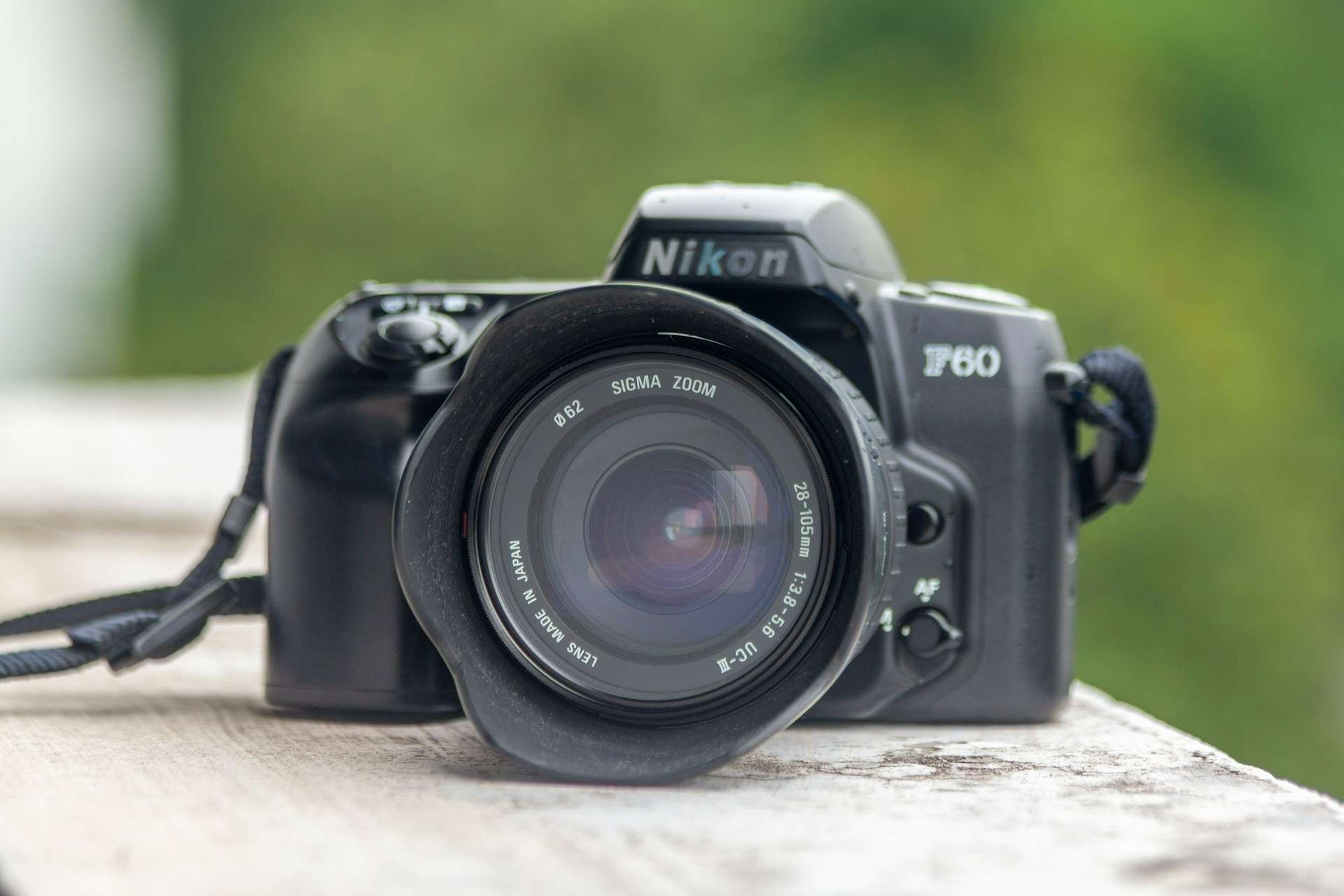Welcome to our comprehensive guide on how to change focus on Nikon D610. Whether you’re a seasoned photographer or just starting, understanding how to effectively adjust focus is crucial for capturing stunning images. In this guide, we’ll walk you through the step-by-step process of changing focus on your Nikon D610, ensuring that you can effortlessly capture the perfect shot every time.
Contents
Understanding Focus Modes
Before we delve into the specifics of changing focus on the Nikon D610, let’s first familiarize ourselves with the different focus modes available on this camera. The Nikon D610 offers several focus modes, each catering to different shooting scenarios:
1. Autofocus (AF)
Autofocus mode allows the camera to automatically adjust focus to ensure that your subject is sharp and clear. This mode is ideal for general shooting situations where you want the camera to handle focus adjustments for you.
2. Manual Focus (MF)
Manual focus mode gives you full control over focusing by allowing you to adjust the focus manually using the focus ring on your lens. This mode is useful in situations where you want precise control over focus, such as when shooting macro or landscape photography.
3. Continuous Autofocus (AF-C) and Single Autofocus (AF-S)
These sub-modes within autofocus allow you to choose between continuous or single focus. Continuous autofocus is ideal for capturing moving subjects, while single autofocus is best suited for stationary subjects.
Changing Focus on the Nikon D610
Now that we have a basic understanding of the different focus modes, let’s dive into how to change focus on the Nikon D610:
1. Selecting the Focus Mode
The first step is to select the appropriate focus mode for your shooting scenario. To do this, locate the focus mode switch on the side of your camera body. Slide the switch to choose between autofocus (AF) and manual focus (MF) modes based on your preference.
2. Choosing the Autofocus Area Mode
If you’ve selected autofocus mode, you’ll need to choose the autofocus area mode that best suits your subject. The Nikon D610 offers various autofocus area modes, including single-point AF, dynamic-area AF, and auto-area AF. Use the multi-selector on the back of the camera to navigate through the autofocus area modes and select the one that aligns with your subject and composition.
3. Engaging Autofocus
Once you’ve selected the appropriate focus mode and autofocus area mode, half-press the shutter button to engage autofocus. The camera will then automatically adjust focus based on the selected autofocus area mode and your subject’s distance from the camera.
4. Manual Focus Adjustment
If you prefer to use manual focus mode, simply switch the focus mode selector to MF. Then, use the focus ring on your lens to manually adjust the focus until your subject appears sharp and clear in the viewfinder or on the camera’s LCD screen.
Tips for Accurate Focus
Achieving sharp focus is essential for capturing high-quality images. Here are some additional tips to help you ensure accurate focus when using your Nikon D610:
- Use Focus Lock: If your subject is off-center, use focus lock by half-pressing the shutter button while aiming at your subject. Then, recompose your shot before fully pressing the shutter button to capture the image.
- Utilize Depth of Field: Adjust your aperture settings to control depth of field and ensure that your desired focal point is in sharp focus while creating a pleasing background blur.
- Consider Focus Tracking: When shooting moving subjects, consider using focus tracking mode (AF-C) to enable the camera to continuously adjust focus to keep up with the subject’s movement.
Conclusion
Mastering the art of changing focus on the Nikon D610 is essential for capturing stunning images with precision and clarity. By understanding the different focus modes, selecting the appropriate autofocus area mode, and implementing tips for accurate focus, you can elevate your photography skills and take your images to the next level.
FAQs about How to Change Focus on Nikon D610
1. Can I use my existing F-mount lenses with the Nikon D610 after switching to Nikkor Z-mount lenses?
- Yes, you can still use your F-mount lenses with the Nikon D610 by utilizing the FTZ adapter. This adapter allows seamless compatibility between F-mount lenses and Z-series cameras, including the D610.
2. Will switching to Nikkor Z-mount lenses improve the image quality of my photographs?
- Yes, transitioning to Nikkor Z-mount lenses can significantly enhance the image quality of your photographs. These lenses leverage advanced optical technologies and superior glass elements to deliver sharper images with reduced aberrations and enhanced clarity.
3. Are Nikkor Z-mount lenses compatible with other Nikon cameras besides the D610?
- Nikkor Z-mount lenses are compatible with a wide range of Nikon cameras, including both full-frame and APS-C mirrorless models. Whether you own a Z series camera or a compatible DSLR with the FTZ adapter, you can enjoy the benefits of Nikkor Z-mount lenses.
4. How do Nikkor Z-mount lenses compare in terms of autofocus performance?
- Nikkor Z-mount lenses are renowned for their lightning-fast autofocus performance, thanks to Nikon’s innovative Stepping Motor (STM) technology. This ensures swift and accurate focusing, making them ideal for capturing fast-moving subjects or recording smooth video footage with precision.
5. Are there any disadvantages to switching from F-mount to Nikkor Z-mount lenses?
- While transitioning to Nikkor Z-mount lenses offers numerous benefits, it’s essential to consider factors such as budget and lens availability. Additionally, some photographers may prefer the feel and handling of F-mount lenses, so personal preference plays a role in the decision-making process. However, the advantages of Nikkor Z-mount lenses often outweigh any potential drawbacks for those seeking the latest in optical performance and technology.




